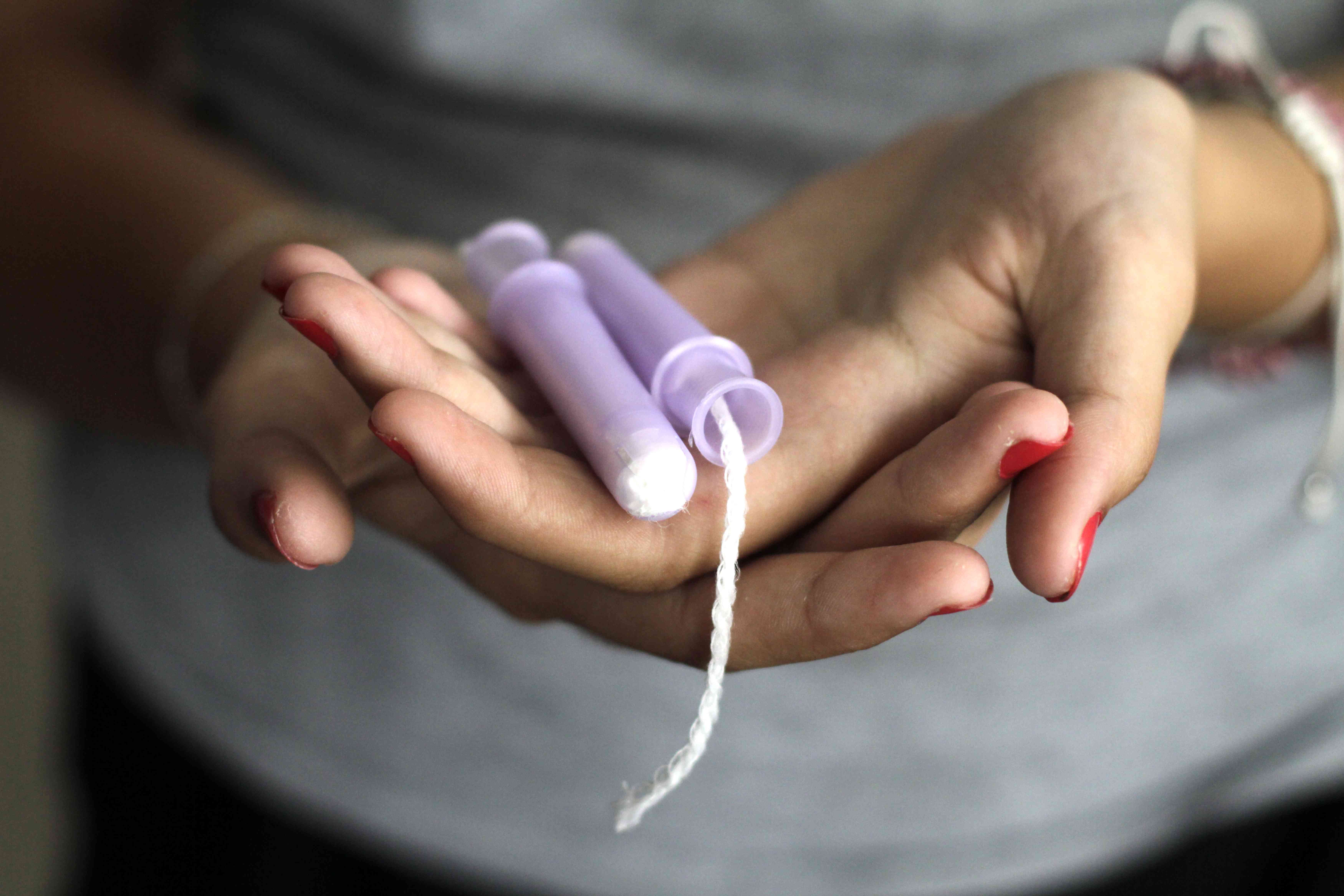FDA to Investigate Toxic Metals in Tampons—What You Need to Know Now, the FDA is investigating whether people are absorbing these substances when they use the products

A recently-published study found trace amounts of 16 metals in tampons, including lead and arsenic
- On Tuesday, the FDA announced it will investigate the presence of toxic metals in tampons.
- The investigation plans to build on findings from a study published this summer, which found lead, arsenic, and other metals in the tampons they tested.
- It's not yet clear, but the investigation could potentially lead to further regulation in the feminine hygiene product industry to protect consumers, experts said.
The Food and Drug Administration (FDA) plans to investigate the presence of metals in tampons, the agency announced Tuesday. The news comes months after a small study found several toxic metals, including lead and arsenic, in the feminine hygiene products.
The FDA did not specifically mention lead or arsenic in its announcement, but did cite the previous study as the reason for the investigation.
Building on this research, the FDA investigation will "measure the amount of metals that come out of tampons under conditions that more closely mimic normal use." This should provide more insight into how much metal is released into the body during use, if any.
In contrast, the study published this summer only detected the presence of toxic metals in tampons, and "did not test whether metals are released from tampons when used."
The FDA investigation will feature an independent literature review and internal lab study to evaluate metals in tampons. The agency did not provide a timeline of when the investigation might conclude, but said it would release the results publicly once they've been peer-reviewed.
Here's what you need to know about metals in tampons, plus what experts say might come from the investigation.

Isabel Pavia / Getty Images
What Do We Know About Heavy Metals in Tampons?
The study that sparked the investigation was released in the journal Environment International in August, but first made headlines after it was posted online in late June. For the study, researchers analyzed materials in 18 product lines from 14 brands of tampons purchased in New York City, Athens, Greece, and London.
The researchers analyzed the tampons for the presence of 16 different metals—12 of them were found in measurable traces in all of the tampons tested.
In addition to lead and arsenic, the study detected “measurable concentrations” of barium, calcium, cadmium, cobalt, chromium, copper, iron, manganese, mercury, nickel, selenium, strontium, vanadium, and zinc. The study did not name the brands of tampons that were tested.
It's important to point out that the levels of arsenic and lead in the tampons were low—however, there is no safe level of exposure to lead, according to the Environmental Protection Agency (EPA). There can be up to 10 parts per billion of arsenic in drinking water, per EPA standards, but chronic exposure to high levels of arsenic have been linked to skin lesions and cancer.
The big concern with lead and other metals in tampons is that these products are used in the vagina, G. Thomas Ruiz, MD, lead OB/GYN at MemorialCare Orange Coast Medical Center, told Health.
“The vaginal mucosa—which is the inner layer of the vagina—is super, super absorbent,” Ruiz said. Some medications are administered vaginally for this reason, he added. But this also means that exposure to toxic metals in the vagina could be particularly dangerous.
“This needs to be figured out,” Ruiz explained. “We know that lead ultimately effects neural development and arsenic at high-enough doses is a poison. This definitely needs in-depth studying.”
But at this point, there are still more questions than answers.
"We do know that lead in general is not good for the body and arsenic is not good. We do also know that the vagina can definitely absorb things," Christine Greves, MD, an OB/GYN at the Orlando Health Winnie Palmer Hospital for Women and Babies, told Health. "A lot of times the unknown makes us very nervous—but we don't know what this means right now."
Where Could This Investigation Lead?
It’s not clear what could come of the FDA's investigation, but experts are hopeful that the agency's inquiry could help tampons become safer in the future.
"I am really pleased about this investigation," Jamie Alan, PhD, PharmD, associate professor of pharmacology and toxicology at Michigan State University, told Health. "The initial study left several unanswered questions, and this investigation will begin to answer those."
The Environment International study's lead author, Jenni Shearston, PhD, MPH, postdoctoral scholar in environmental science, policy, and management at the University of California, Berkeley, School of Public Health, told Health that she was “really excited” to hear the FDA’s announcement.
“I'm eager to see the results of their work, and in particular to see how the FDA models risk from vaginal exposure,” she said.
If the FDA finds that women are absorbing lead through tampons, Ruiz said it’s likely that the government will become involved and regulate tampons more stringently. However, it's "too soon to tell" what this could mean for tampon oversight and regulation going forward, Shearston added.
“But I am delighted to see more research being done to answer these really important questions about potential exposure to metals through tampon use,” she said.
Harmful 'Forever Chemicals' Found in Some Period Products, New Research ShowsThis story originally appeared on: Health News - Author:Korin Miller


















